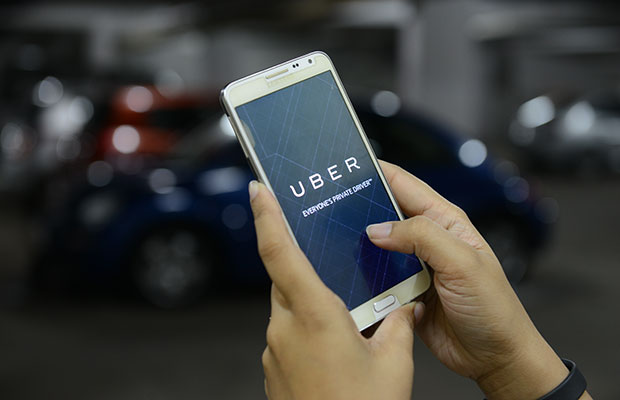Uber announces trial of driverless fleet
The ridesharing service has partnered with Volvo to bring a fleet of driverless vehicles to Pittsburgh

As part of a partnership with Volvo, Uber has announced plans to trial a fleet of 100 self-driving cars in Pittsburgh, US
More than a year on from Uber’s announcement that it was working on self-driving vehicles, the company has finally unveiled plans to deploy a small autonomous fleet in Pittsburgh. The launch will take place within the fortnight and forms the basis of a partnership between Uber and Volvo, in which the two companies have invested $300m with a view to bringing ridesharing, self-driving services to consumers.
The first fleet will be made up of Volvo XC90s, and while each vehicle will be manned by an engineer, the cars will essentially be able to navigate the roads autonomously. The designated ‘driver’ will take the wheel as and when they are needed, and will take notes if necessary.
Starting out with 100 vehicles – free of charge to consumers, no less – the scheme will be extended to other areas of the country should it prove successful.
While each vehicle will be manned by an engineer, the cars will essentially be able to navigate the roads autonomously
Speaking to the Financial Times, Uber’s CEO, Travis Kalanick, said: “Uber’s mission – to provide transportation as reliable as running water, everywhere for everyone – is not possible without moving into this kind of technology.”
The announcement coincides with Uber’s acquisition of Otto, a start-up founded by former Google employees that focuses on developing driverless technology for trucks. Anthony Levandowski, the company’s founder, previously founded 510 Systems, which itself was purchased by Google for its own driverless vehicle project.
Kalanick wrote in a statement: “Together, we now have one of the strongest autonomous engineering groups in the world: self-driving trucks and cars that are already on the road thanks to Otto and Uber’s Advanced Technologies Centre in Pittsburgh; the practical experience that comes from running ridesharing and delivery services in hundreds of cities; with the data and intelligence that comes from doing 1.2 billion miles on the road every month.”













